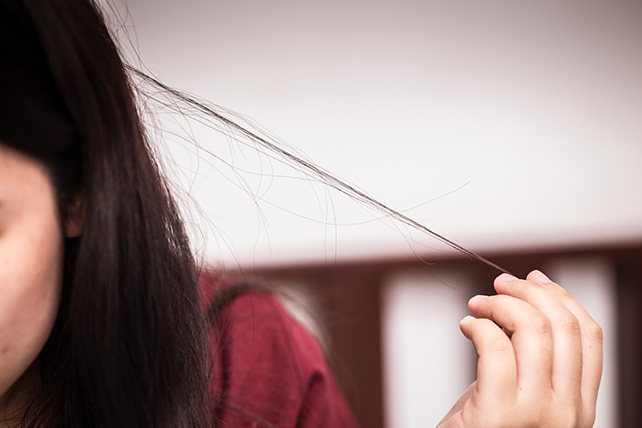Body-focused repetitive behaviors, or BFRBs, are a lesser known set of disorders categorized under Obsessive Compulsive Disorder (OCD). These include pulling, picking, biting, or scraping one’s hair, skin, or nails. In order to be considered a BFRB, the behavior must persist despite efforts to stop. Females are more likely to seek treatment for BFRBs and these disorders typically begin in late childhood and early adolescence. Patients describe increased tension and anxiety and then a sense of relief, pleasure, or drop in anxiety when engaging in the BFRB. Many patients do not seek treatment for BFRBs because of shame or embarrassment.
Types of BFRBs
The most common BFRB disorders include trichotillomania (compulsive hair pulling), dermatillomania (compulsive skin picking), and onychophagia (compulsive nail biting).
Trichotillomania
Trichotillomania, also known as hair pulling disorder, is characterized by repeatedly pulling one’s hair. People with Trichotillomania usually begin pulling in early adolescence. Individuals may pull scalp hair, eyelashes, eyebrows, arm or leg hair, pubic hair, and/or chest hair. These behaviors are done in private or discretely in public. In extreme cases of Trichotillomania, patients swallow the hair they pick which can necessitate medical intervention.
Dermatillomania
Dermatillomania, or compulsive skin picking, is also called excoriation disorder. The hallmark criteria is repeated picking of one’s skin, including touching, rubbing, scratching. Picking can result in scarring and infection.
Onychophagia
Onychophagia, also known as nail biting, is the habitual biting of finger nails. This is a common behavior that can begin in childhood. It is estimated that 20-30% of the general population engages in chronic nail biting at some point in their lifetime.
Treatment of BFRBs
Cognitive Behavioral Therapy (CBT) in combination with a specific behavioral therapy known as Habit Reversal Training is the gold standard of treatment for BFRBs. CBT helps a patient identify the sensory, cognitive, emotional, situational and other triggers associated with BFRBs. Habit Reversal Training is comprised of awareness training and the development of a competing response. Awareness training is used to bring greater attention to BFRBs so that the patient can identify urges, sensations, or thoughts that precede the body-focused behavior. The development of a competing response, or an action meant to replace the BFRB, comes next. Usually the competing response is in opposition of the BFRB and can be sustained in an easy way for several minutes. For example, a competing response to hair pulling might be tightly holding hands in one’s lap for several minutes while the urge to pull passes.
Many individuals with BFRBs do not seek treatment due to failed attempts to stop on their own and the associated embarrassment. Providing education to the general public about these disorders is important because CBT in combination with Habit Reversal Training can successfully treat BFRBs and significantly reduce the associated shame, stress, and anxiety.

